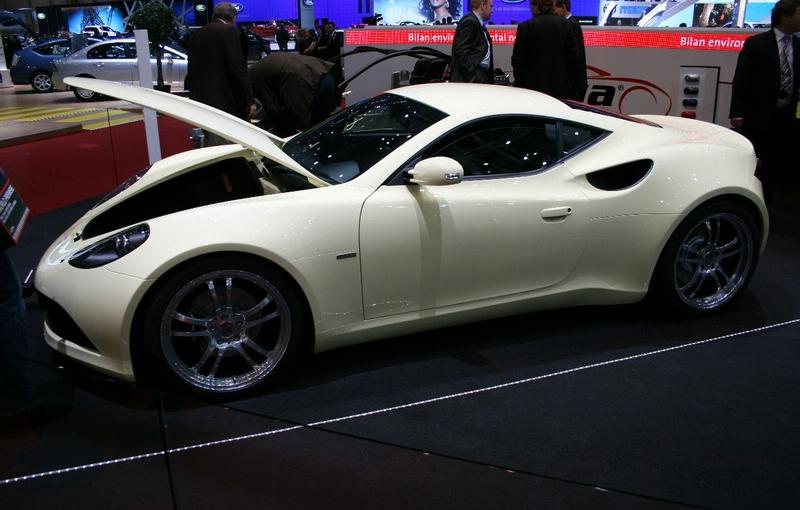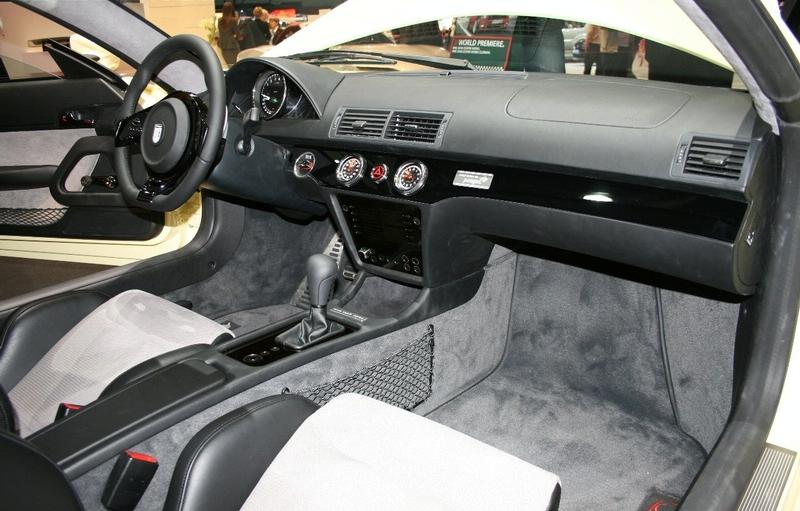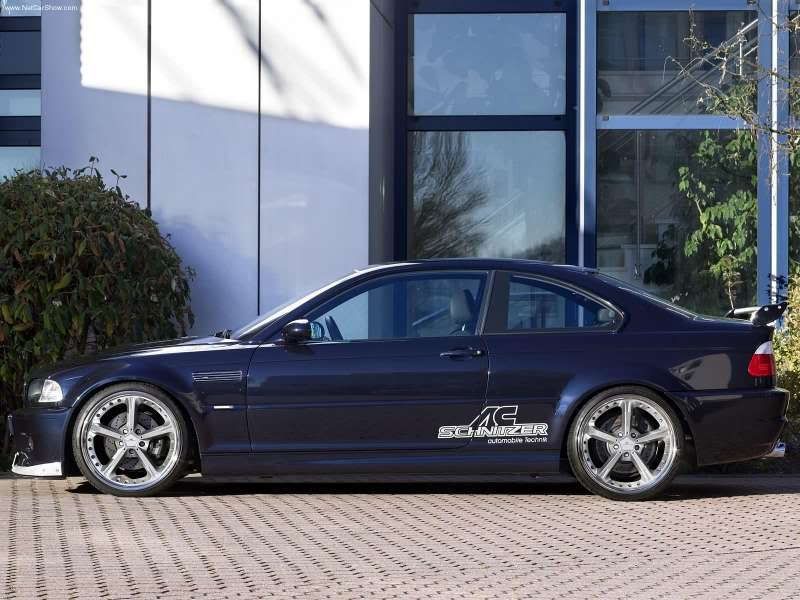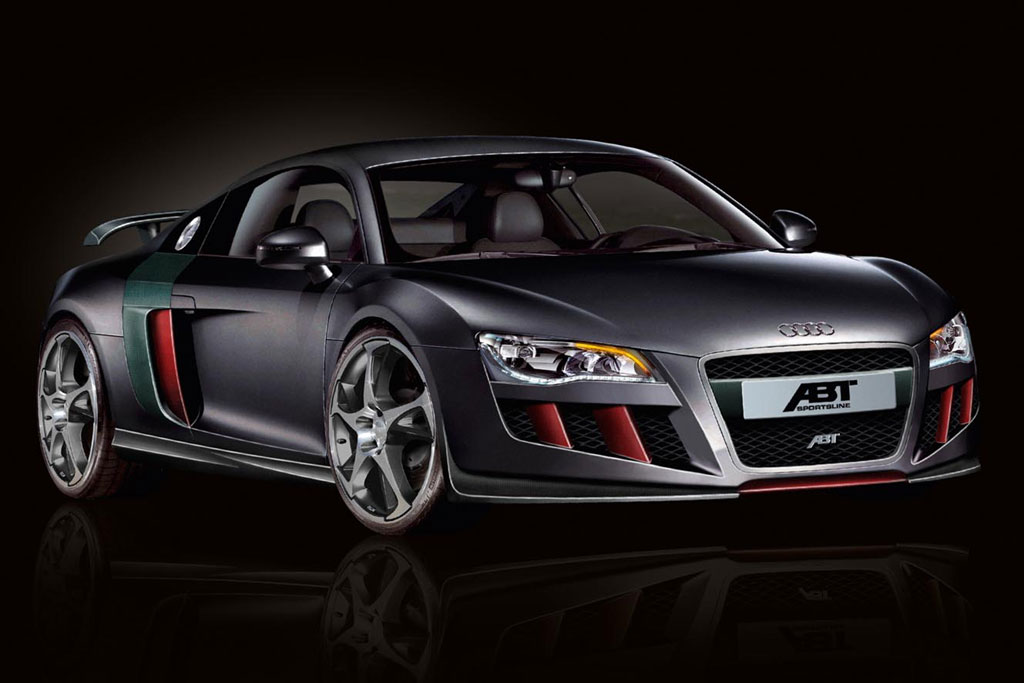The Citroen DS3 Racing will cost £23,100 when UK sales start in early 2011. That’s a lot for a fancy three-door Citroen C3 but, with right hand drive production limited to just 200 units, demand should comfortably outstrip supply.
Based on the existing
DS3 DSport THP 150, the Racing version has an uprated 1.6 lire turbo engine which produces 204 bhp (152 kW / 207 PS) and 275 Nm of torque. Consequently, performance is rapid with the 0-62 mph (100 km/h) sprint taking only 6.5 seconds. Top speed is 146 mph (235 km/h).
To go with that extra power, the chassis has also been tweaked. The DS3 Racing gets bespoke dampers, wider (by 30 mm) front and rear tracks and a lower (by 15 mm) ride height, all of which is claimed to sharpen the handling and enhance control. The brakes have also been beefed up, with Citroen fitting four piston calipers and upgraded front discs.
As would be expected given the price, equipment levels are fairly generous. Standard specification includes climate control and Bluetooth connectivity, although not throwing in satellite navigation too is just being stingy.
Available to order from the beginning of September, the DS3 Racing comes in two colour schemes: Obsidian Black pearlescent body with a Sport Orange roof, or Polar White body with a Carbon Grey roof. Whichever is chosen, the roof colour is carried across to the dashboard fascia, tailgate spoiler, door mirrors, alloy wheels, Citroen chevrons and the grille surround.
Completing the look are plenty of carbon fibre bits to emphasise the Racing’s sporty credentials. On the outside these include the wheel arch extensions and rear diffuser, while inside the centre console, steering wheel and door inserts all get the carbon treatment.
The DS3 Racing is going to be up against other expensive superminis such as the equally fast £21,875
Mini John Cooper Works, or the marginally slower £19,650
Renault Clio Gordini 200. But it’s also worth considering that on price it will actually be competing with hot hatches from the segment above, for instance the £23,160 Renault Megane Renaultsport 250 Cup and the £21,500 Seat Leon Cupra.
However, perhaps what really puts the DS3 Racing’s steep price in perspective is knowing that an extra £3,000 would buy something like a BMW 125i M Sport Coupé, with its rear-wheel drive and 215 bhp (160 kW / 218 PS) six cylinder engine.
















































![[Chrysler+Pentastar+V6+enters+production-1.jpg]](https://blogger.googleusercontent.com/img/b/R29vZ2xl/AVvXsEhX5UeNcHMd3G3lq66caQxI7fc_gzDAJoNIYeoTkvcEG-i_ltO8lma9IYoLrPXHphnNyxQm_TZE_G_Ijea_kpdKKKGeatFl-xzMZWRE9qxy7t4NwjGQyY0wTZ_SZxsaJSazTBvWarAsBaaB/s1600/Chrysler+Pentastar+V6+enters+production-1.jpg)









